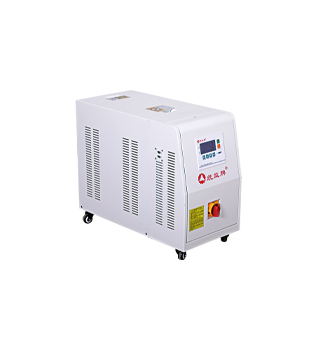
Choosing a suitable measuring device for the central feeding system to ensure the accuracy of raw material supply is a key task that requires comprehensive consideration of multiple factors.
Firstly, the characteristics of the raw materials need to be considered. Different raw materials, such as granules, powders, liquids, etc., have different requirements for measuring devices. For granular raw materials such as plastic pellets, a spiral feeder paired with an electronic weighing sensor is a good choice. The spiral feeder can stably transport particles, while the electronic weighing sensor can monitor weight changes in real time and accurately adjust the feeding amount by controlling the speed of the spiral. If it is a powdered raw material, such as flour or chemical powder, due to its strong fluidity, it may be necessary to use a measuring bucket with a vibration device, combined with high-precision load sensors for accurate measurement. Because vibration can ensure uniform powder feeding and avoid blockage, load sensors can accurately capture weight information.

Secondly, the accuracy requirements for measurement are also crucial. In some industries that require extremely high product quality, such as pharmaceuticals and high-end electronic product manufacturing, it is necessary to choose measuring devices with an accuracy of one thousandth or even higher. For example, in the pharmaceutical industry, the accuracy of measuring drug ingredients is crucial for the quality and efficacy of drugs, so high-precision Coriolis mass flow meters are usually used to measure liquid raw materials. This flowmeter accurately calculates the mass flow rate by measuring the Coriolis force generated by the fluid flowing in the vibrating tube, with extremely high accuracy.
Furthermore, the flow range of the central feeding system is also an important factor in selecting measuring devices. If the flow range of the system is large, it is necessary to choose a device that can maintain high-precision measurement at different flow rates. For example, for large plastic processing factories with large changes in raw material supply, twin-screw metering devices can be used. This device can flexibly adjust the speed of the twin-screw according to actual needs, thereby achieving accurate measurement over a large flow range.
In addition, compatibility between the measuring device and the entire central feeding system should also be considered. It should be able to easily integrate with other components such as conveying pipelines and control systems, ensuring real-time data transmission and collaborative work. For example, the data interface of the measuring device should be compatible with the central control system, so that operators can monitor and adjust the supply of raw materials in real time in the control center.
